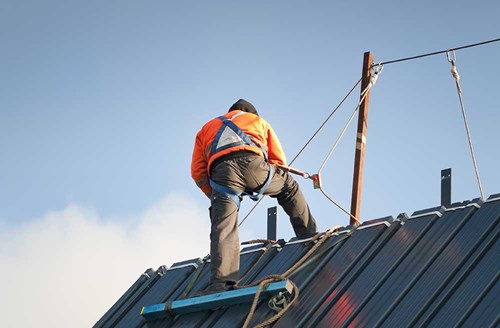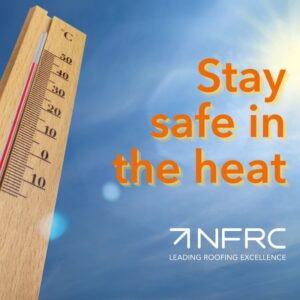4 mins

All commercial clients are responsible for managing health and safety, whether it’s the owner of a large office block or a small corner shop. What does this mean for the contractor?

In February 2016 harsher penalties were introduced for breaches of health and safety, as part of an overhaul of sentencing guidelines that consider the risk of harm and its level of seriousness, plus the level of culpability, such as deliberate breaches of regulations.
The contractor’s turnover will then determine the size of the fine, with large companies having a turnover of over £50m being fined between £1.5m – £6m, and even a micro-company with a turnover of less than £2m is at risk of being fined between £10,000 – £160,000.
Crucially, however, the changes to sentencing guidelines have also put the spotlight on commercial clients, who under Construction (Design and Management) 2015 (CDM 2015) regulations, are responsible for health and safety. This responsibility has been in place since 1994 but an increased focus by the HSE, has led stiffer fines. Last year, for example, In House Design and Build, which is the construction division of Soho House private members’ clubs, was fined £100,000 for multiple breaches of the regulations.
Even micro-companies are at risk of being fined between £10,000 – £160,000Commercial clients will therefore become ever more aware of their responsibilities and careful in their selection and management of subcontractors. Roofing contractors of all sizes therefore, need to understand what the responsibility of clients and what the client will be looking for in them.
Responsibilities of commercial clients
A commercial client is any individual, partnership or organisation that has construction work carried out for them in connection with their business. Under the CDM 2015, a commercial client is responsible for managing the health and safety of a construction project, ensuring that work is set up so that it is carried out from start to finish, in a way that adequately controls the health and safety risks of those who may be affected. The client is responsible for checking that any contractor they appoint to carry out roof work is competent to do the work safely. As working on roofs involves greater risks, they will need to make thorough checks to ensure that the contractor has the necessary skills, knowledge and experience to work safely at height.How the client selects a contractor
Once the client has identified the work that needs to be done, they will decide the type of roofing contractor is needed and their level of competence. Clearly, they will ask what experience the contractor has of a similar project and whether they can evidence it with references and methodology statements. More specifically they may ask for the appropriate qualifications, training and experience of individual operatives. This is particularly important if tower scaffolds and powered access is being used. The client may also ask the contractor whether their safety performance information accredited through schemes such as CHAS and Safe Contractor.The commercial client is responsible for checking that any contractor they appoint to carry out roof work is competent
Health and safety arrangements
The client may also ask for the contractor’s health and safety management procedures and how this will be monitored, including inspection of equipment. They may also ask for employers’ liability insurance.Exchanging information
After being selected, the client should confirm health and safety information and procedures, starting with contacts involved in agreeing the work so both sides know who to talk to during the job to discuss and resolve any issues. The client will also expect the contractor to agree the site rules, including fire/emergency procedures; signing in and out procedures; segregation arrangements. The client should also make the contractor aware of specific site hazards, such as fragile roof materials, live electrics and the location of asbestos materials.Agreeing the method of work
The client will also expect the work methodology in writing, the amount of detail reflecting the complexity of the work. A good method of work will:- Be clear and concise
- Be relevant to the job
- Identify potential dangers and specify precautions to remove or minimise risk
- Identify how the work will be supervised and managed
- Type of access equipment and arrangements for safe delivery, movement and erection
- How the safety of the access equipment will be checked
- Arrangements to ensure the safety of people, such segregation, exclusion zones
- Arrangements for specific site risks, such as whether a hot work permit is required
- Storage arrangements for materials and disposal of waste items.
Monitoring work
The increased focus on clients by the HSE means that they should monitor all contractors to ensure the agreed arrangements and precautions are carried out. The level of monitoring needed will depend on the risk level of the work and the extent to which the work may endanger roofing operatives, the contractor’s visitors and other people that the contractor is responsible for. This may include taking the following:- Checking agreed equipment before work starts, including whether supervisory and segregation arrangements are in place
- Using the agreed method of work to monitor the work as it progresses
- Review performance on completion of the work



